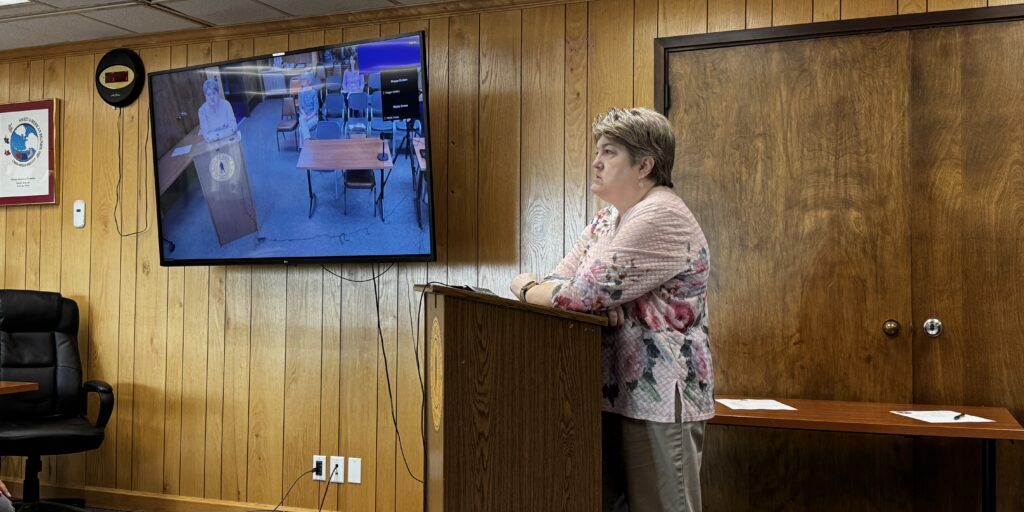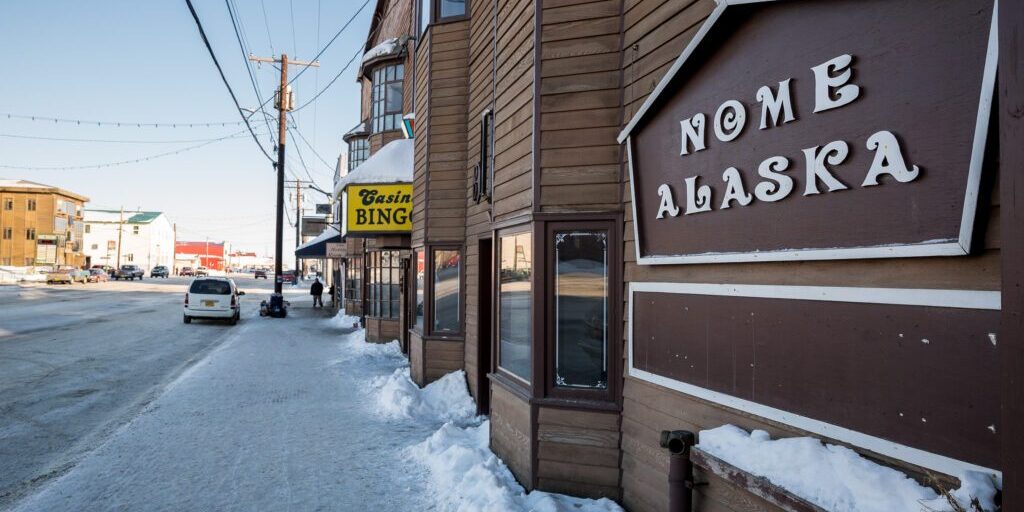The City of Nome will be a 2019-2020 funding partner for the Nome Emergency Shelter Team’s winter season. That’s after the City Council voted to contribute $30,000. Most know the emergency shelter by its acronym: the NEST.
The Council’s decision to financially support NEST was made during their last regular meeting, on August 26. KNOM’s Emily Hofstaedter has more on how that money is going to be spent and whom the NEST has been serving:
Rhonda Schneider, executive director of the Nome Community Center, the organization that runs NEST, says the shelter was always going to open this winter, despite potential state and city budget cuts. But now that the city is contributing, it allows the shelter the “safety net” to keep running and support its growing operation.
“Because our numbers are up, we need some additional support during certain hours that we’re open, so we had to bump up staff.”
The extra money from the city will employ two more people to make sure the shelter can meet that demand.
The Nome Community Center has lost funding from cuts to the Basic Homeless Assistance Grants: about $23,000. Nome Community Center also lost the Community Initiative Matching Grant. Those funds were used to keep people housed by helping with rent or utility bills. Schneider says the NEST also received $50,000 from the state through that grant source that was used to help pay NEST salaries.
But as far as the NEST is concerned, Schneider says the state has never been one of their main sources of income. Their partners include the City of Nome, Norton Sound Economic Development Corporation, Sitnasuak Native Corporation, and Bering Straits Native Corporation.
The NEST saw an increase of people coming through its doors last season: two hundred and forty individuals found shelter there last winter. Some of those people came for multiple nights, or even weeks. Others came just once.
While they are serving more, Schneider says they’ve also seen a shift in the demographics.
“We’re finding a trend towards younger guests at the shelter compared to a number of years ago; we’re seeing a higher number of female guests than we used to see, as well. We’re not really sure why that is.”
During an August 8 work session, Schneider reported to the City Council that the shelter served 30 people between the ages of 20-29 and 57 people between ages 30-39 years old.
The patrons at the NEST do generally have one unifying factor: two-hundred and thirty three of the 240 individuals identified as Alaska Native.
Schneider acknowledges that they do have visitors from the surrounding region who use the shelter for a few nights before returning to their villages; however, the majority of NEST visitors are from Nome. People use the NEST for a variety of reasons. They may be unemployed and without rent; their homes may be too hectic or crowded; a family member might be struggling with substance misuse; or perhaps they’ve lost heating for the night.
But typically, only one of those issues dominates the dialogue at City Hall.
“I think we’ve framed our conversation around alcohol use and substance use.”
For that reason, the Council hadn’t originally included NEST funding in the city budget. Councilmember Jennifer Reader admitted that she had previously thought NEST was enabling people to use alcohol in Nome.
“We thought that was bringing people to our community to utilize resources and also taxing our community as far as police and ambulance services.”
Ultimately, Reader retracted that sentiment and moved to fund NEST for the $30,000. As for Schneider, she believes the issues run deeper than alcohol.
“… the true root causes people in Nome are homeless are much deeper — I think they are rooted in historical trauma, I think poverty, lack of affordable housing.”
And often, she says, the programs at Nome Community Center are dealing with the “back-end” of those deeper problems. When the shelter opens up this season, Schneider hopes they can do a more detailed exit interview to find out why people are coming to the NEST and what the community can do to help them.
Some on the City Council, like Councilmember Doug Johnson and Megan Sigvanna Topkok, think that includes asking NEST users how they want to be involved.
Johnson: “Maybe one of the questions we should be asking some of these people is what would make you feel like a valued member of society?”
Topkok: “I think we need to include some of these people in the decision-making processes, too. Especially when you think that most of them are Alaska Native, if you have non-Native people making all the decisions, how is that going to be effective?”
The Council hopes they can use that kind of information to work on reducing homelessness: keeping people safe and off the streets. And while Schneider says the NEST does help connect people to services, that isn’t their main goal. Neither is reducing homelessness. Their mission is to keep people alive during the winter.
“Our priority is to get them warm and get them sleeping.”
The shelter typically opens in November and runs through April. Schneider hopes they will be able to operate for a full six months, despite cuts in funding.
Image at top: file photo: A March 2017 view of Nome’s Front Street. Photo: David Dodman, KNOM.




